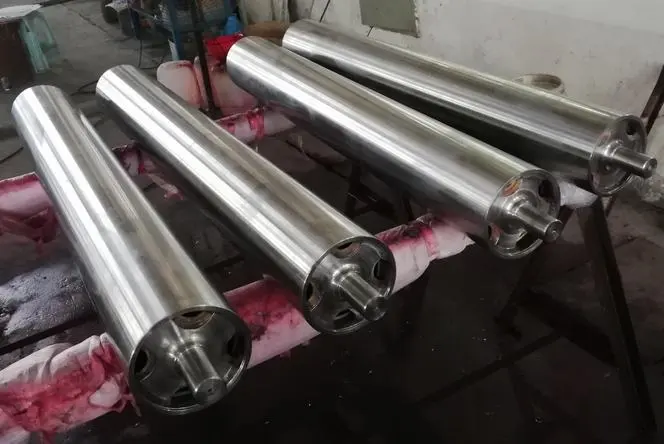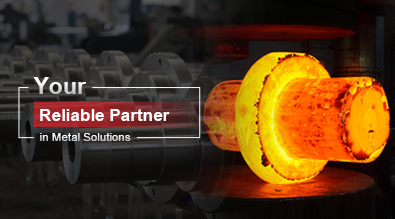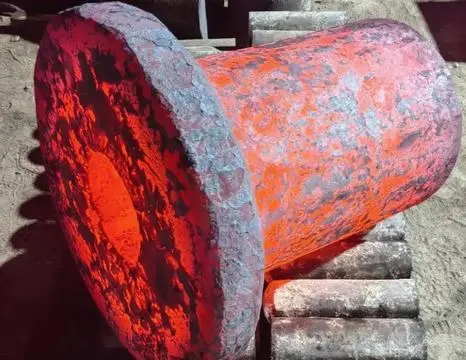Understanding Stabilizer Roll Function and Importance
Role in Manufacturing Processes
Stabilizer rolls play a pivotal role in numerous manufacturing processes, ensuring smooth and precise handling of materials. These components are integral to industries that involve continuous production lines, particularly metalworking, paper production, and textile manufacturing, among others. The core function of stabilizer rolls is to regulate material tension, maintain alignment, and control the thickness of materials as they undergo transformation. In metalworking, for example, stabilizer rolls are used in rolling mills to ensure that metal sheets or strips maintain consistent thickness and are properly aligned as they are processed at high speeds. In paper production, stabilizer rolls contribute to controlling the tension of the paper web as it moves through the various stages of production, from pulping to drying, while in textile manufacturing, they help to regulate the tension of fabric as it passes through weaving or knitting machines.
One of the most important aspects of stabilizer rolls is their ability to apply consistent pressure to the material as it travels along the production line. This ensures that the material remains flat, preventing curling or warping during processing. The stabilization they provide helps prevent unnecessary tension fluctuations that could otherwise lead to misalignment or defects. By maintaining a smooth, even flow, stabilizer rolls contribute to the uninterrupted and efficient operation of manufacturing processes, allowing companies to achieve high throughput and quality in their final products. As such, stabilizer rolls are an essential component for maintaining the balance between speed and precision in various industries.
Impact on Product Quality
The performance of stabilizer rolls directly influences the quality of the final product. Well-maintained rolls help achieve uniform thickness, smooth surfaces, and consistent material properties. Conversely, worn or improperly functioning rolls can lead to defects such as wrinkles, uneven thicknesses, or surface imperfections, resulting in product rejections and increased waste.
Economic Implications of Roll Performance
The economic impact of stabilizer roll performance extends beyond product quality. Efficient roll operation minimizes energy consumption, reduces material waste, and decreases the frequency of production interruptions. By maximizing the life span of stabilizer rolls, manufacturers can optimize their operational costs, improve productivity, and enhance their competitive edge in the market.
Maintenance Strategies for Prolonged Roll Life
Regular Inspection and Monitoring
Implementing a rigorous inspection schedule is fundamental to extending the life of stabilizer rolls. Regular visual examinations can detect early signs of wear, such as surface irregularities or coating deterioration. Utilizing advanced monitoring techniques, including vibration analysis and thermal imaging, allows for the early identification of potential issues before they escalate into major problems. This proactive approach enables timely interventions and prevents catastrophic failures.
Proper Lubrication Practices
Adequate lubrication is crucial for minimizing friction and wear on stabilizer rolls. Develop a comprehensive lubrication plan that specifies the correct type of lubricant, application frequency, and quantity for each roll. Consider implementing automated lubrication systems to ensure consistent and precise lubricant delivery. Regularly analyze lubricant samples to monitor contaminants and detect any signs of excessive wear or potential system failures.
Alignment and Balancing Techniques
Proper alignment and balancing of stabilizer rolls are essential for even weight distribution and smooth operation. Utilize precision alignment tools and techniques to ensure rolls are correctly positioned within the manufacturing line. Regular balancing checks and adjustments help prevent vibrations and uneven wear, which can significantly extend roll life span. Implement a scheduled maintenance program that includes periodic alignment and balancing procedures to maintain optimal performance.
Advanced Technologies for Roll Life Extension
Innovative Coating Solutions
Advancements in coating technologies offer significant opportunities for extending stabilizer roll life spans. High-performance ceramic coatings, for instance, provide excellent wear resistance and thermal protection. Explore the latest developments in roll coatings, such as nano-composite materials or plasma-sprayed coatings, which can dramatically improve surface hardness and corrosion resistance. Consider the specific requirements of your application when selecting coating solutions to ensure optimal performance and longevity.
Predictive Maintenance Systems
Implementing predictive maintenance systems can revolutionize your approach to stabilizer roll care. These systems utilize sensors, data analytics, and machine learning algorithms to monitor roll performance in real-time. By analyzing patterns and trends in operational data, predictive maintenance can forecast potential failures before they occur, allowing for timely interventions. This proactive approach minimizes unplanned downtime, optimizes maintenance schedules, and extends the overall life span of your stabilizer rolls.
Material Science Advancements
Stay informed about the latest developments in material science that can enhance stabilizer roll durability. Advanced alloys and composite materials offer improved strength, wear resistance, and thermal stability compared to traditional roll materials. Collaborate with material scientists and roll manufacturers to explore innovative solutions tailored to your specific industrial requirements. Investing in cutting-edge materials can significantly extend roll life spans and improve overall production efficiency.
In conclusion, maximizing the life span of your stabilizer rolls requires a multifaceted approach that combines rigorous maintenance practices with innovative technologies. By implementing comprehensive inspection routines, optimizing lubrication strategies, and leveraging advanced materials and coatings, you can significantly extend the service life of your rolls. Additionally, embracing predictive maintenance systems and staying abreast of material science advancements will further enhance your ability to maintain peak roll performance. Remember, the key to success lies in continuous improvement and adaptation to evolving technologies and best practices. For more information on optimizing your stabilizer roll performance and exploring custom solutions, please contact us at info@welongpost.com.




